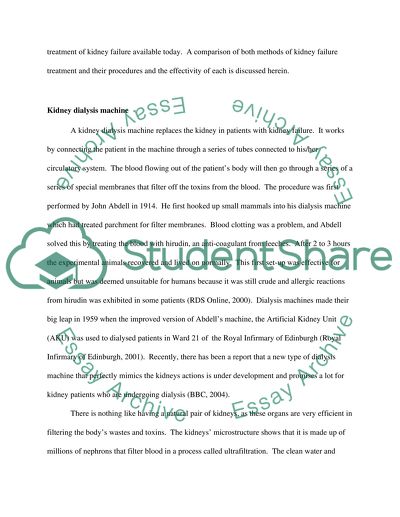Cite this document
(“Kidney Dialysis and Kidney Transplantation Essay”, n.d.)
Kidney Dialysis and Kidney Transplantation Essay. Retrieved from https://studentshare.org/health-sciences-medicine/1519752-kidney-dialysis-and-kidney-transplantation
Kidney Dialysis and Kidney Transplantation Essay. Retrieved from https://studentshare.org/health-sciences-medicine/1519752-kidney-dialysis-and-kidney-transplantation
(Kidney Dialysis and Kidney Transplantation Essay)
Kidney Dialysis and Kidney Transplantation Essay. https://studentshare.org/health-sciences-medicine/1519752-kidney-dialysis-and-kidney-transplantation.
Kidney Dialysis and Kidney Transplantation Essay. https://studentshare.org/health-sciences-medicine/1519752-kidney-dialysis-and-kidney-transplantation.
“Kidney Dialysis and Kidney Transplantation Essay”, n.d. https://studentshare.org/health-sciences-medicine/1519752-kidney-dialysis-and-kidney-transplantation.


